When it comes to new energy electric vehicles, you will certainly think of the advantages of low power consumption cost, low maintenance cost of three electricity, smooth driving and unlimited driving. Indeed, with these uniqueness, electric vehicles quickly enter the public's vision and occupy a strong position in the passenger car market. But with the passage of time, more and more people have questioned that electric vehicles save fuel on the surface, but in fact, they seem to be driving more and more expensive**

In 2022, the domestic gasoline price has ushered in the biggest increase in nine years, and the price of No. 95 gasoline once exceeded 9 yuan / L. This rise in oil prices is good for new energy vehicles, but due to the continuous rise in the price of raw materials and the tight supply of batteries, batteries and parts, new energy vehicle enterprises have also directly announced price increases. At present, there are more than 20 companies such as Tesla, BYD and ideal, with increases ranging from thousands of yuan to tens of thousands of yuan.
The impact of the price increase on consumers is temporary. In the long run, consumers are more concerned about whether the new energy vehicles that save fuel costs are the best solution for the next trip. Then, is this really the case?
New energy vehicles do not save money
The core of this problem is not only considering the energy supplement cost of travel, but also the game between the later maintenance cost and the preservation rate of electric vehicles. In February this year, a car owner in Suzhou said in the car friends group that his Tesla Model y accidentally hit a corner when reversing, resulting in serious damage to the right rear of the car, together with the right rear door, tail lamp and triangular window.

Later, after the initial loss determination by the insurance company, the maintenance cost was close to 200000 yuan, and the owner sold the car for 280000 yuan. The car owner didn't expect it. This collision knocked out 71% of the car price. Some netizens joked that "I really have a father!".
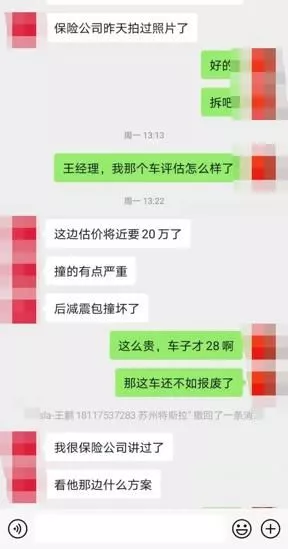
Why is the maintenance cost of this model y so high? This has to mention Tesla's vehicle manufacturing technology. Tesla adopts the integrated die-casting technology, which can cast the 70 parts originally required into one. The rear underbody of model y is only composed of two parts. Tesla adopts this technology, which can significantly reduce the number of vehicle parts and reduce the weight of the vehicle body, share the vehicle manufacturing cost with the most direct advantage and improve the vehicle manufacturing efficiency. It is reported that Tesla's Shanghai factory has one model y offline in an average of two minutes. Its large die-casting machine can complete the die-casting process in 80-90 seconds at a time. It can complete 40-50 castings per hour and produce 1000 castings a day.
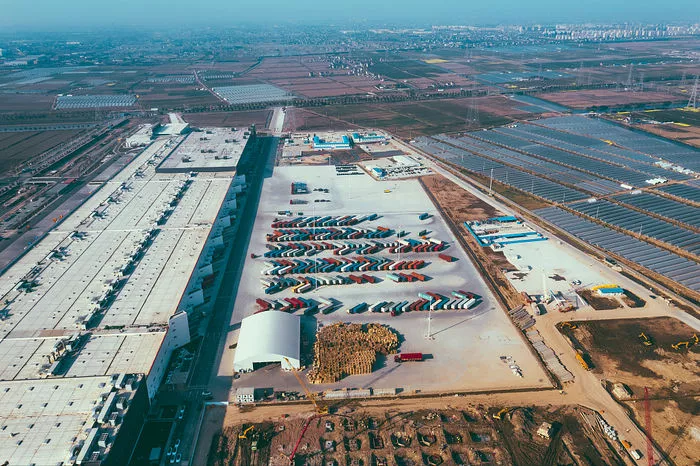
Car companies are happy with this technology, but it has damaged consumers in subsequent maintenance. Because the car adopts the above integrated die-casting technology, once there is a collision, the whole part can only be replaced, which explains why the model y in front of the collision quoted a sky high maintenance fee of 200000. Tesla is not an example. There are other reasons for the generally high after-sales maintenance costs of new energy vehicles. According to foreign data analysis company we predict, through the service and maintenance of 19 million vehicles from 2016 to 2021, it is found that the maintenance cost of electric vehicles is 2.3 times that of fuel vehicles. The reason is that the cost of obtaining professional knowledge of electric vehicle maintenance is 1.5 times higher than that of traditional maintenance, which is also 1.5 times higher than that of traditional maintenance.
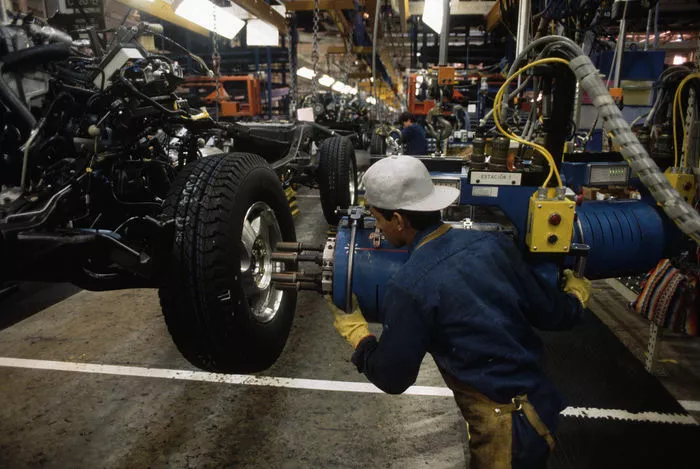
In order to dispel the doubts of consumers, the China Insurance Industry Association issued the exclusive terms of commercial insurance for new energy vehicles (Trial) on December 31, 2021, and millions of new energy vehicles officially entered the era of exclusive insurance. In terms of insurance liability, the exclusive insurance not only provides protection for the "three electricity" (battery, motor and electronic control) system, but also comprehensively covers the use scenarios of driving, parking, charging and operation of new energy vehicles. However, after the new energy exclusive insurance was launched, brother Xiao heard the company's colleagues' roast, because the premium of the new energy automobile insurance he purchased was significantly increased. The colleague also said: "the saved fuel cost was all posted to the premium"! According to the major media reports, since the auto insurance reform in December 2021, the premiums of models of different brands have increased to varying degrees. Among them, Tesla still has the largest upward proportion. The highest increase of vehicle renewal premium in 2022 even reached 80%. Relevant news once rushed to hot search.
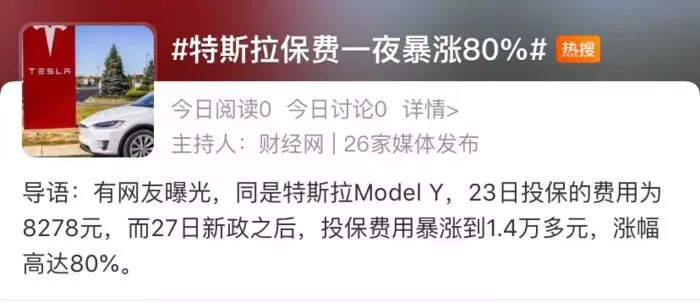
Source: microblog hot search
Other domestic brands, such as "weixiaoli", have also experienced premium increases of different ranges. Taking Xiaopeng automobile as an example, it issued the "explanation on the premium changes of commercial auto insurance of Xiaopeng brand models when new energy auto insurance products are launched". According to the national premium fed back by insurance companies on December 28, 2021, the average increase of Xiaopeng's whole line models ranges from 2.9% to 18.2%. Please refer to the quotation of local insurance companies for the specific amount.

Regarding the high premium of new energy vehicles, Yu Ze, President of PICC group, once said publicly that the reason why the loss ratio and accident rate of new energy vehicles are higher than those of traditional fuel vehicles can be summarized as follows:
- There are differences between the driving modes of new energy and fuel vehicles, resulting in the low driving maturity of some car owners and the relatively high frequency of accidents;
- New energy is still in the early stage of development, and the product performance is unstable. Without the precipitation of time, many technologies need to be certified.
At the same time, the parts of the new forces of car building lack certain substitutability, the maintenance cost of surface coverage is high, and the current market price of new energy auto parts is not transparent. In case of an accident, the 4S store can only determine or quote the loss, and the insurance company can only make compensation obediently, unable to grasp the leading power of loss determination compensation.

In addition, the current new energy intelligence is generally higher than that of traditional vehicles. It is prone to double lidar, millimeter wave radar and sensing cameras. No matter which one is "untouchable and can't afford to be repaired", even if it is hit casually, tens of thousands of people will go out. In order to better deal with the risk, insurance companies can only protect their profit space by increasing the premium. Or you'll say, I'll drive well without accidents? In fact, you still can't escape the battery disaster. As the core component of the power battery car, the attenuation of battery capacity and the need to replace the battery are the problems that every electric vehicle owner must face if he wants to use it for a long time.
For ordinary families, according to the statistics of Gaode map, "the average working distance of office workers across the country is 9.18 kilometers", the two-way distance is 18.36 kilometers, and the monthly mileage is 550 kilometers. According to the current national average price of No. 92 gasoline oil price of 8.4 yuan, the monthly cost of fuel vehicles is about 400-800. If the cost of electric vehicles is half that of fuel vehicles, the cost in five years is 12000-24000 yuan. However, the cost of replacing an electric vehicle battery is more than 50000 yuan, which means that the money saved is not enough to replace a battery.
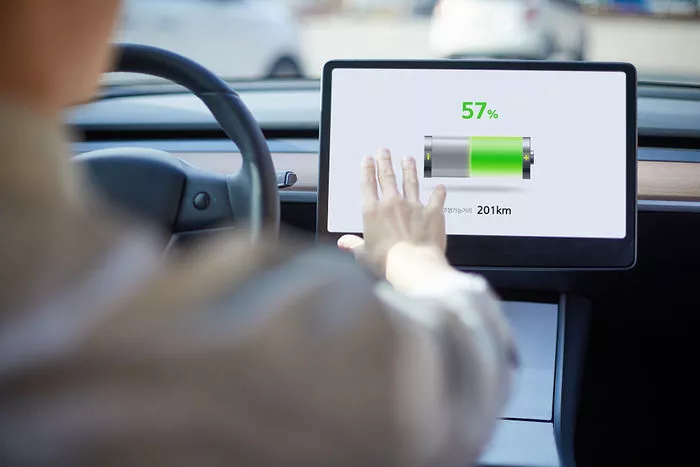
It is worth noting that the aging speed of electric vehicle batteries is much higher than that of fuel vehicle engines, but at present, the owner's rights and interests launched by most new energy vehicle enterprises are only for the first owner. These factors directly lead to the serious depreciation of the price of pure electric used vehicles. According to the report on China's automobile hedging rate in January 2022 jointly released by China Automobile Circulation Association and fine needle estimation used car big data platform, the hedging rate of used cars in China's electric vehicle market in three years is 42.9%, compared with the average hedging rate of fuel vehicles in three years can reach more than 70%.
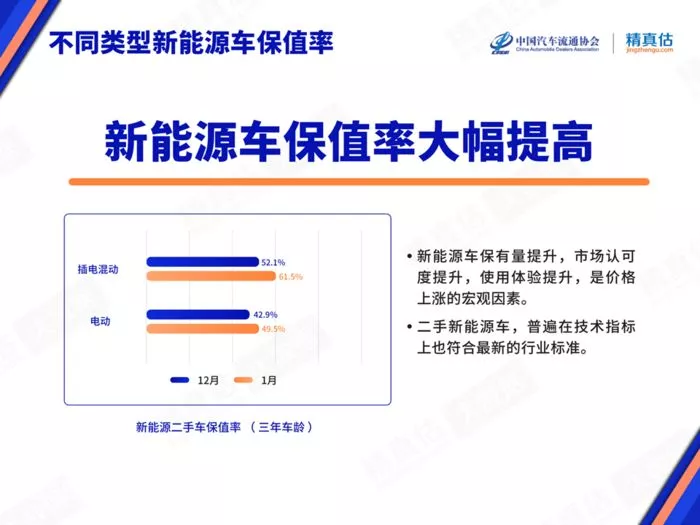
In 2021, the sales volume of new energy passenger cars in China was 2.9398 million, with a penetration rate of 14.8%. It is possible to reach a penetration rate of 20% in 2022. Even if the data is increasing year by year, new energy has not formed a stable relationship between supply and demand in the second-hand market, so the overall hedging rate is still low.
The combination of various factors such as low value preservation rate, high maintenance cost, rising premium and battery loss makes the agreed money-saving electric vehicles "more expensive". Many car owners just sigh that they are more fragrant than fuel vehicles when charging. After driving for a few years, this account is not necessarily cheaper than fuel vehicles.
Intelligence is no longer exclusive to new energy vehicles
As mentioned earlier, on the one hand, the price rise of gasoline, on the other hand, the high maintenance fees and low guaranteed value rate of new energy vehicles have made many consumers who want to buy cars fall into the tangle of buying oil vehicles or trams. For traditional fuel vehicles, some new energy leaders have long raised questions. In the communication link after Weilai NiO day press conference last year, Li Bin, founder of Weilai automobile, said: "I don't understand why we still buy fuel vehicles now. What's good about fuel vehicles except smelling gasoline?". As soon as this speech came out, the oil truck iron powder was not happy.

After the fermentation of the event, Li Bin also responded: in previous years, the charging and replacement equipment was indeed limited, and there were few choices for good electric vehicles. However, after the development of recent years, the products available for selection at all stages are constantly increasing, and the energy supplement method is relatively perfect. It's time to choose new energy vehicles. Li Bin's words are reasonable, but now the progress is not only electric vehicles, but also fuel vehicles. Intellectualization is no longer exclusive to electric vehicles, so we have to look at the general direction of the current automobile industry, which is mainly reflected in two aspects: one is electrification and the other is intellectualization. The two are basically bundled together in the publicity of automobile enterprises, so that many people confuse the two. But in fact, intelligence is not equal to electrification.
From the 2021 Guangzhou Auto Show held last year, a number of auto companies have launched fuel vehicle products with "intelligence" as the core selling point, including Changan Ford EVOS, which is known as "putting on an intelligent hat for fuel vehicles", Beijing Automobile magic cube of "fuel vehicle driving quality + new energy intelligent cockpit", and Wei brand Mocha Noh intelligent pilot version, which is "the only intelligent fuel vehicle in the same level to realize intelligent pilot assist driving system".
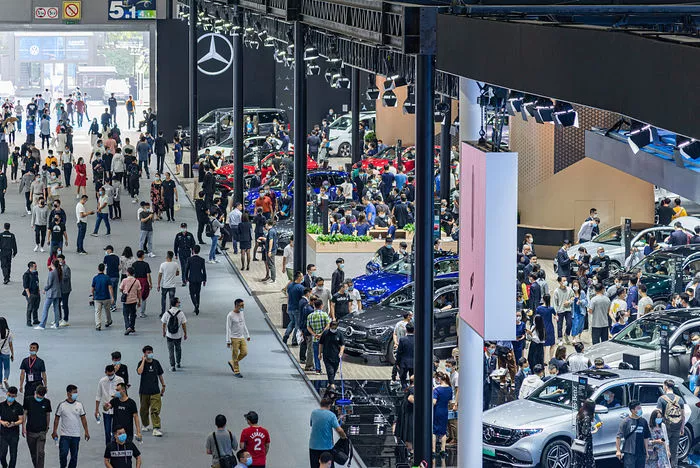
In addition, it also includes mg one, which claims to be a "new power of fuel", Changan uni-t, a "mass production vehicle of future science and technology", and Geely Dihao L, which makes intelligence enter the 100000 class sedan market. In the view of the industry, these products hope to use the concept of "intelligent fuel vehicle" to fight against intelligent electric vehicles at the same price.
In the view of these auto enterprises, in the face of the increasingly strong intelligent demand of auto consumers, it is also necessary for fuel vehicles with sales accounting for more than 80% to be equipped with advanced scientific and technological configuration. For car companies, the benefits are obvious by equipping fuel vehicles with the most advanced intelligent configuration, which can improve the premium ability of products and promote the promotion of brands.
In terms of intellectualization, after the two sides shorten a certain distance, the competition between fuel vehicles and electric vehicles will focus more on the scenario application of travel mode. This is one of the reasons why electric vehicle enterprises have less and less mentioned intellectualization recently. Instead, they focus on travel mode, because intellectualization is not the moat of electric vehicles and will only become the standard configuration next.

In the long run, in addition to the fact that the cost of electric vehicles is not lower than that of fuel vehicles, and the intellectualization is not far from that of fuel vehicles, greater industry challenges have come.
New energy vehicles no longer blossom
The advantage is not obvious. The competition is hidden in the undercurrent. At first glance, new energy is very lively. In essence, it is still walking on thin ice. On April 1, Tan Xuguang, chairman of Weichai group, said: "there will be a disastrous overcapacity for new energy vehicles, especially passenger cars!"
This sentence is not alarmist. By the end of 2021, the total capacity of passenger cars in China was 40.89 million, and the capacity utilization rate was only 52.47%, of which the capacity utilization rate of 36 auto enterprises was less than 20%. Despite the overall overcapacity, China still has 10.46 million capacity under construction, and most of the capacity under construction is new energy vehicles.
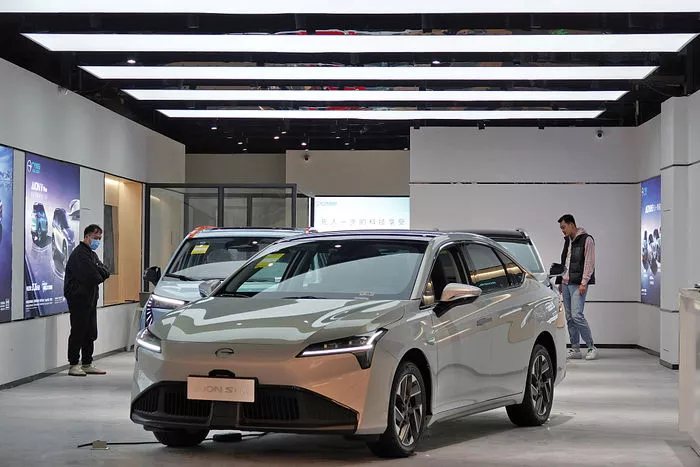
In recent years, local governments have been scrambling to layout new energy vehicle planning projects. Both existing and planned capacity are competing on a scale. For example, Guangzhou plans to produce more than 2 million new energy vehicles by 2025, and Shanghai plans to produce more than 1.2 million new energy vehicles by 2025.
The sales target of automobile enterprises also far exceeds the market expectation. Geely Automobile, Great Wall Automobile and Chang'an Automobile plan to sell 3.65 million, 6 million and 4 million vehicles respectively in 2025, of which 1.55 million, 3.2 million and 1.05 million new energy vehicles respectively. These three enterprises alone plan to sell 5.8 million new energy vehicles in 2025.
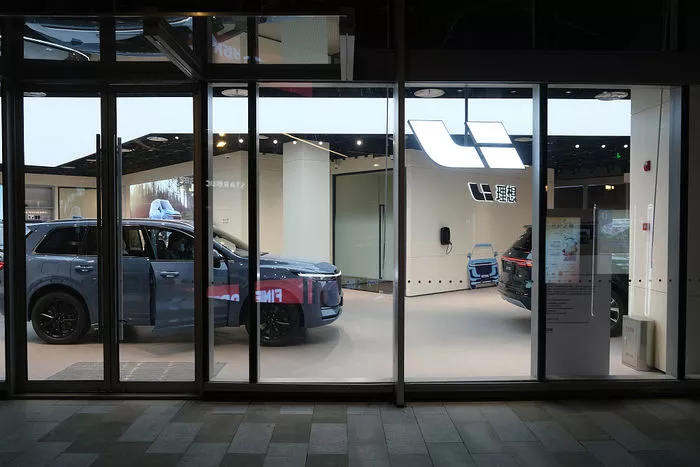
The huge sales target naturally needs to be supported by production capacity. From the perspective of automobile enterprises, sufficient production capacity layout is needed to seize the market. However, idle capacity means a waste of resources, and excessive idle means that the industry is in an unhealthy state.
The Federation of passengers has long warned that while solving the problem of overcapacity of traditional vehicles, the automobile industry should also prevent overcapacity of new energy vehicles. The industry sees this very clearly. As early as the 2019 Davos conference, Lin Boqiang, President of China Energy Policy Research Institute, pointed out that there are two major problems in China's electric vehicle market: too scattered and significant overcapacity.
In fact, the so-called overcapacity of BYD and other cars is not serious in all industries, for example, the so-called overcapacity of BYD and other cars is not serious.
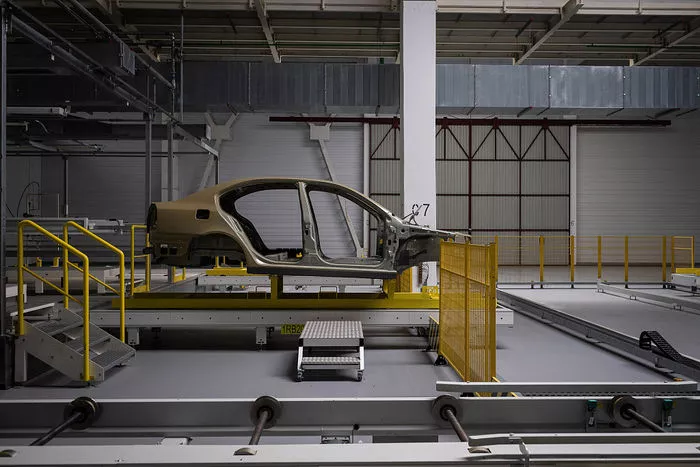
According to the data of China Automobile Industry Association, among the 98 automobile production enterprises counted in 2021, more than 50 enterprises produced less than 1000 vehicles per month, of which nearly 20 were in suspension and produced 0 vehicles per month. The total sales volume of the top ten enterprise groups accounts for about 90% of the total automobile sales, and the productivity utilization efficiency is much higher than the industry average level, or even 100%.
This means that the capacity utilization of China's new energy vehicles presents a development trend of "the stronger the stronger, the weaker the weaker". Again, the head effect appears, new energy is no longer in full bloom, the first batch of elimination tide has come, and small and medium-sized new energy vehicle enterprises are facing market elimination**
This has begun to show signs in 2021. Some small and medium-sized automobile enterprises have withdrawn from the market, including Changjiang new energy, baowo automobile, and some automobile enterprises we haven't even heard of, such as cheetah automobile, Baiteng automobile, singularity automobile and so on; In terms of traditional automobile enterprises, the merger of FAW Mazda and Chang'an Mazda, Brilliance China, Renault golden cup and so on have also withdrawn from the market.
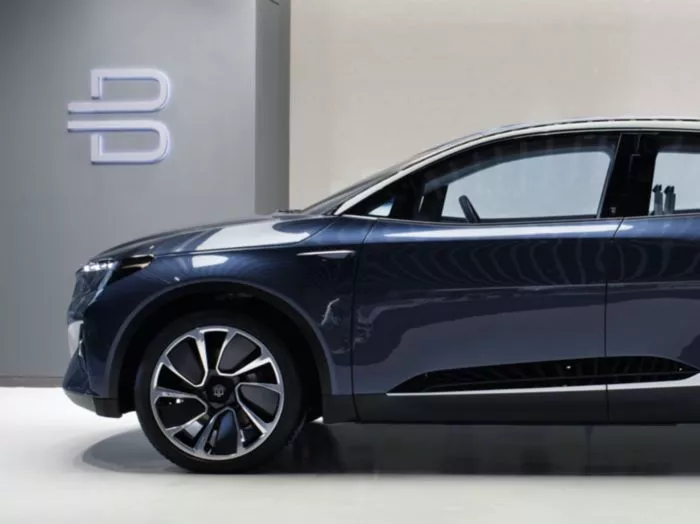
Some weak new power auto enterprises will have more and more precious licensing opportunities in the next time. In addition, the whole new energy subsidy will continue to decline, and the speed of supply chain price reduction can not keep up with the decline, which will put great pressure on new energy auto manufacturers. This is a great opportunity for traditional car companies to fight back. Therefore, in 2022, there are still new market variables for the long discussed "oil and electricity dispute".
There are still various challenges in the process of new energy replacing fuel vehicles, and fuel vehicles have not completely withdrawn from the market. Before 2040, new energy vehicle enterprises have enough time to solve the current disadvantages, whether it is the maintenance cost or the hedging rate of vehicles. Moreover, new energy and fuel vehicles have never been the opposite competitive relationship. They are the products of the development of the times, not the choice of black or white.
Behind the so-called "oil and electricity dispute", in fact, it also reveals a very clear positive signal, although new energy vehicles are not perfect beautiful Products are also facing a series of problems such as rising prices of raw materials, and fuel vehicles are also facing rising oil prices. However, at least in this era, we have room to make more diversified choices. In the future, whether new energy vehicles or fuel vehicles, there are still unlimited possibilities of travel imagination. As participants in this era, diversified lifestyle choices are the best gift.
